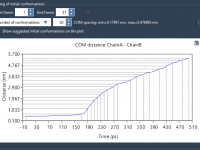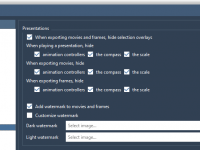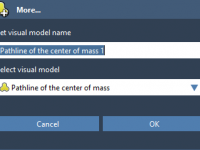Author: OneAngstrom
Need To Share Your Molecular Animation? Here’s How to Export It as a Movie in SAMSON
How to Instantly Clean Up Your Molecular Visuals Using Visual Presets in SAMSON
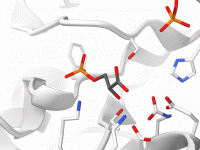
Creating clear and informative molecular visualizations can quickly become time-consuming—especially when dealing with complex systems like protein-ligand complexes, membrane assemblies, or large macromolecular structures. If you’ve ever found yourself spending more time setting up your visual representations than analyzing your…
Progressively Hiding Atoms in Molecular Animations
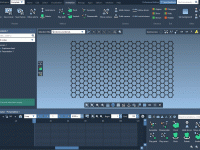
When you’re creating molecular animations, there are moments when simply making an atom vanish instantly feels abrupt or visually jarring. Whether you’re teaching, presenting, or designing a publication-ready visual, gradual transitions can significantly improve clarity and storytelling. One frequently encountered…
Struggling with False Positives in Protein Docking? Restrict Your Search Domain

Protein-protein docking can be challenging. One common frustration for molecular modelers stems from the abundance of false-positive predictions—docking orientations that score well but are biologically implausible. These often result from exploring a search space that’s too broad. Fortunately, the Hex…
Progressively Revealing Molecular Structures with the Appear Animation
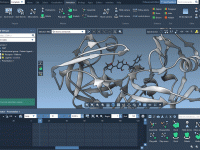
When preparing molecular presentations or scientific movies, clarity and pacing are essential to focus your audience’s attention. One common challenge is how to introduce molecular structures visually without overwhelming viewers with sudden displays. If you’re working with detailed models—like proteins…
Avoiding Errors When Creating Multiple Protein Replicas With Martinize2
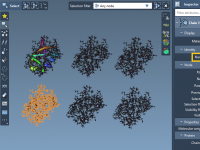
Working with systems that involve multiple copies of the same protein is increasingly common in coarse-grained molecular dynamics simulations — especially when simulating crowded environments or modeling self-assembly. Tools like Martinize2 help generate coarse-grained (CG) topologies for the MARTINI force…






